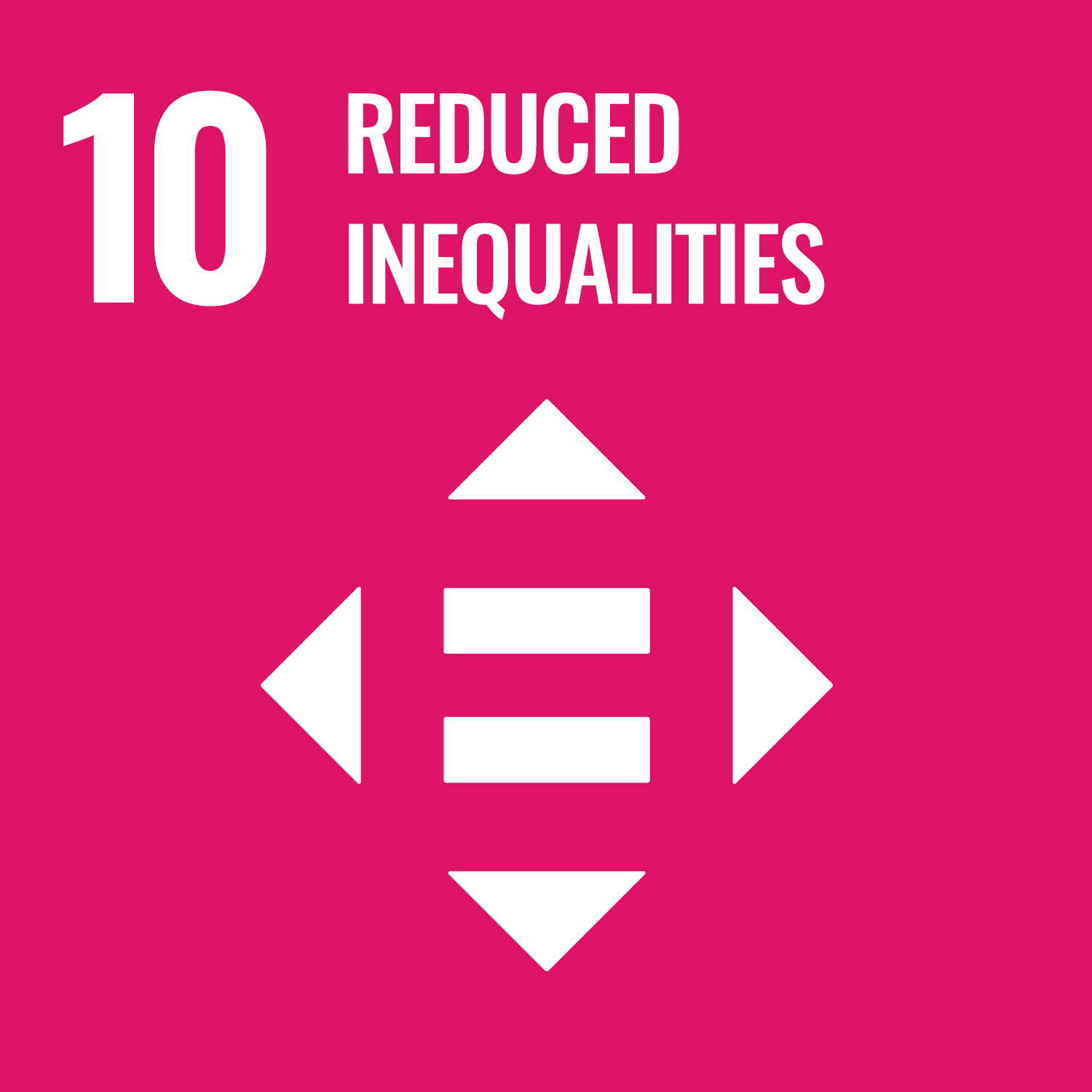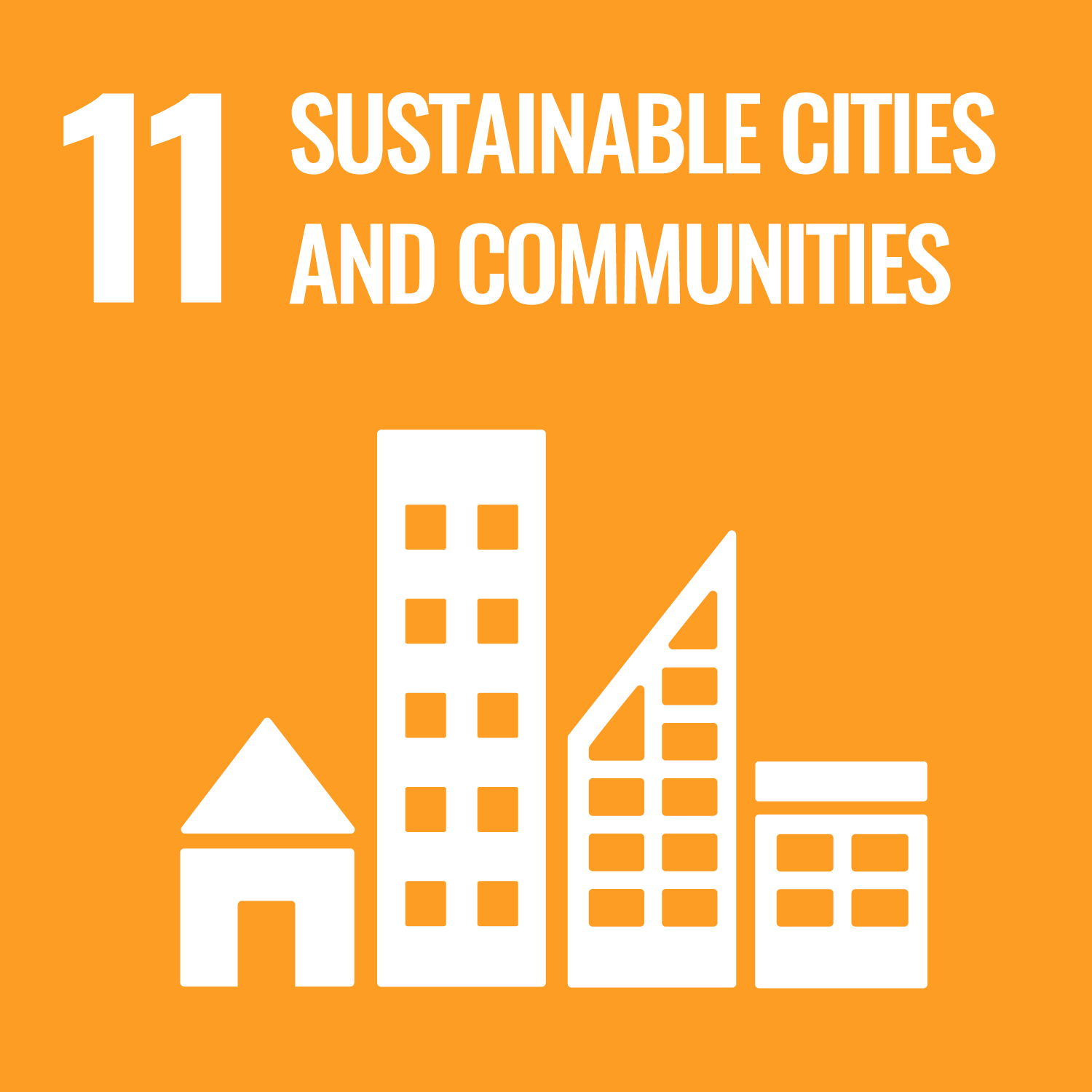The standard of living in Latin America during the twentieth century
New and consistent series for Latin American real incomes, life expectancy and adult literacy over the twentieth century reveal that living standards rose most rapidly between the nineteen-thirties and -seventies, a period characterised by increased state intervention and reduced trade openness. Within the region, Brazil and Mexico advanced most over the century as a whole despite the early start made by Argentina and Chile, although convergence between larger countries was accompanied by divergence from smaller ones. There was no sustained narrowing of the income gap with the US at all between 1900 and 2000 but some convergence in living standards due to improved life expectancy. Our new estimates of regional per capita income also permit a clearer comparison with both Europe and Asia. The major advances in living standards achieved in the middle decades of the century were closely related to early industrialisation, rapid urbanisation and the extension of primary health and education. Subsequent economic volatility and fiscal fragility limited further increases in living standards, undermining social consensus on development strategy.
| Item Type | Article |
|---|---|
| Keywords | Economic History, Economic Development, Living Standards, Welfare, Education, Income and Wealth, Latin America & Caribbean |
| Subjects |
Economics History ?? LAS ?? |
| Divisions | Institute of Latin American Studies |
| Date Deposited | 28 Mar 2011 08:39 |
| Last Modified | 05 Aug 2024 17:37 |
-
picture_as_pdf - Berges_EcHR_2005.pdf
-
subject - Accepted Version














